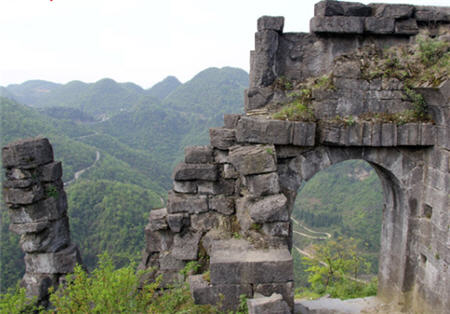Three Tusi Chieftain Sites in China are taking steps to apply for inclusion on the 2015 World Heritage List. Nowadays, China has a total of about 101 Tusi heritage sites in Yunnan, Guizhou & Hunan provinces, as well as the northeastern edge of the Qinghai-Tibetan Plateau.
Tusi system, a political system adopted by feudal Chinese emperors to manage ethnic minority regions by allowing local tribal leaders to rule their tribes on the basis of both the empire's law and local customs. For eight centuries, the "Tusi" chieftain system governed Southwest China's ethnic minorities, but remains little known in contemporary China.
Three representative sites in application consist of Yongshun Tusi Site in Hunan province, Tangya Tusi Site in Hubei province and Hailongtun Site in Guizhou province.

The Yongshun old Tusi city in Central China’s Hunan province has a history dating back more than 600 years. Lying on the bank of a river, it is the largest, oldest and best preserved Tusi city site in China, with a temple, ancestral house, cemeteries and memorial archway. The complicated sewer ditch network is still working.
The ruins of Hailongtun castle in Zunyi, Guizhou Province are located at the top of a mountain. The fortress was built in 1257 and was burned down in a battle in 1600. The site covers 1.59 square kilometers, and more than 2,000 cultural relics were unearthed in 2012, including porcelain, jade and ink slabs.
The Tangya Tusi city in Xianfeng County in Hubei province was even bigger than the Forbidden City in Beijing. The chieftain there ruled for 460 years. Statues, a cemetery and an ornately decorated memorial archway still stand there.
